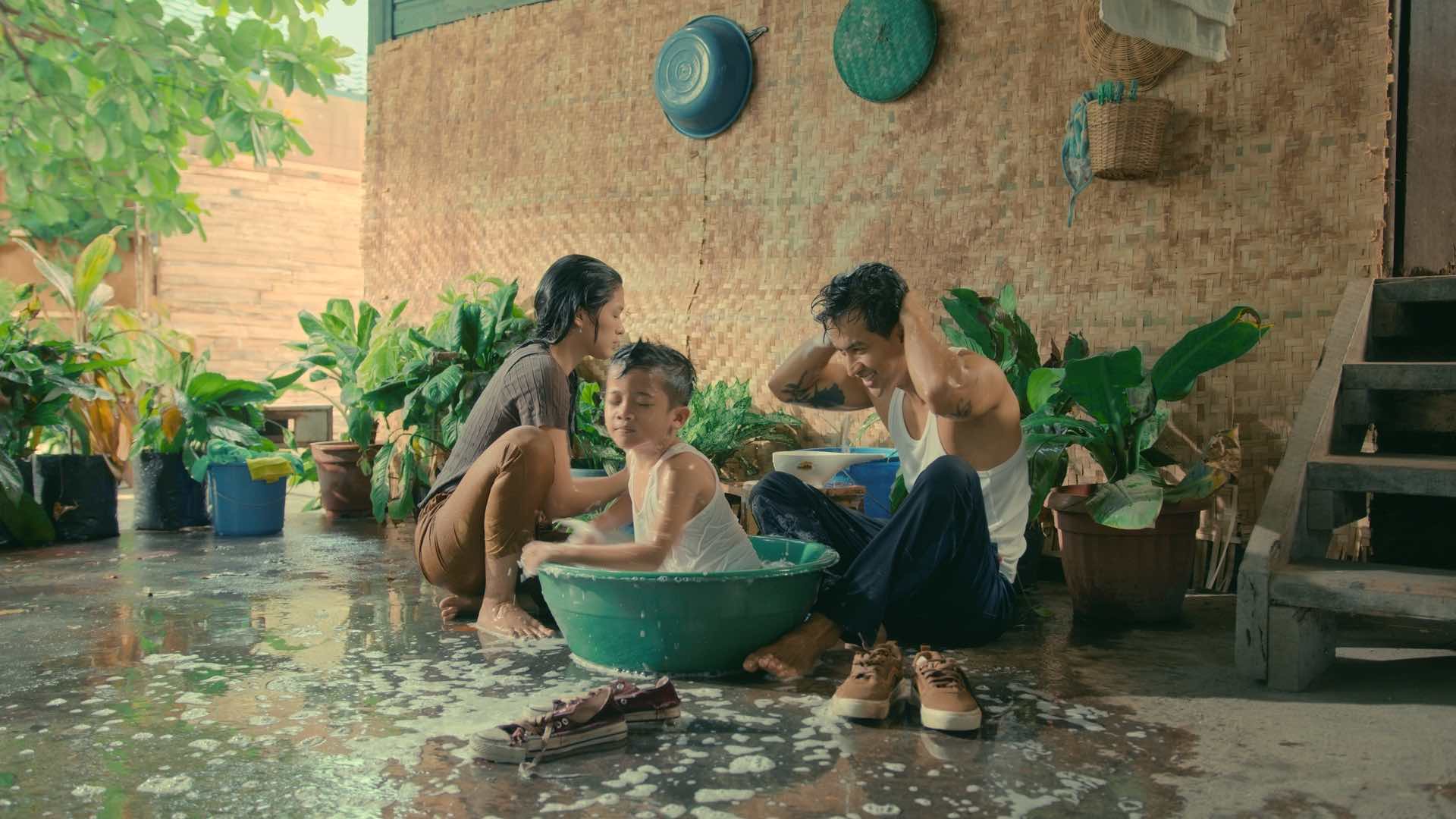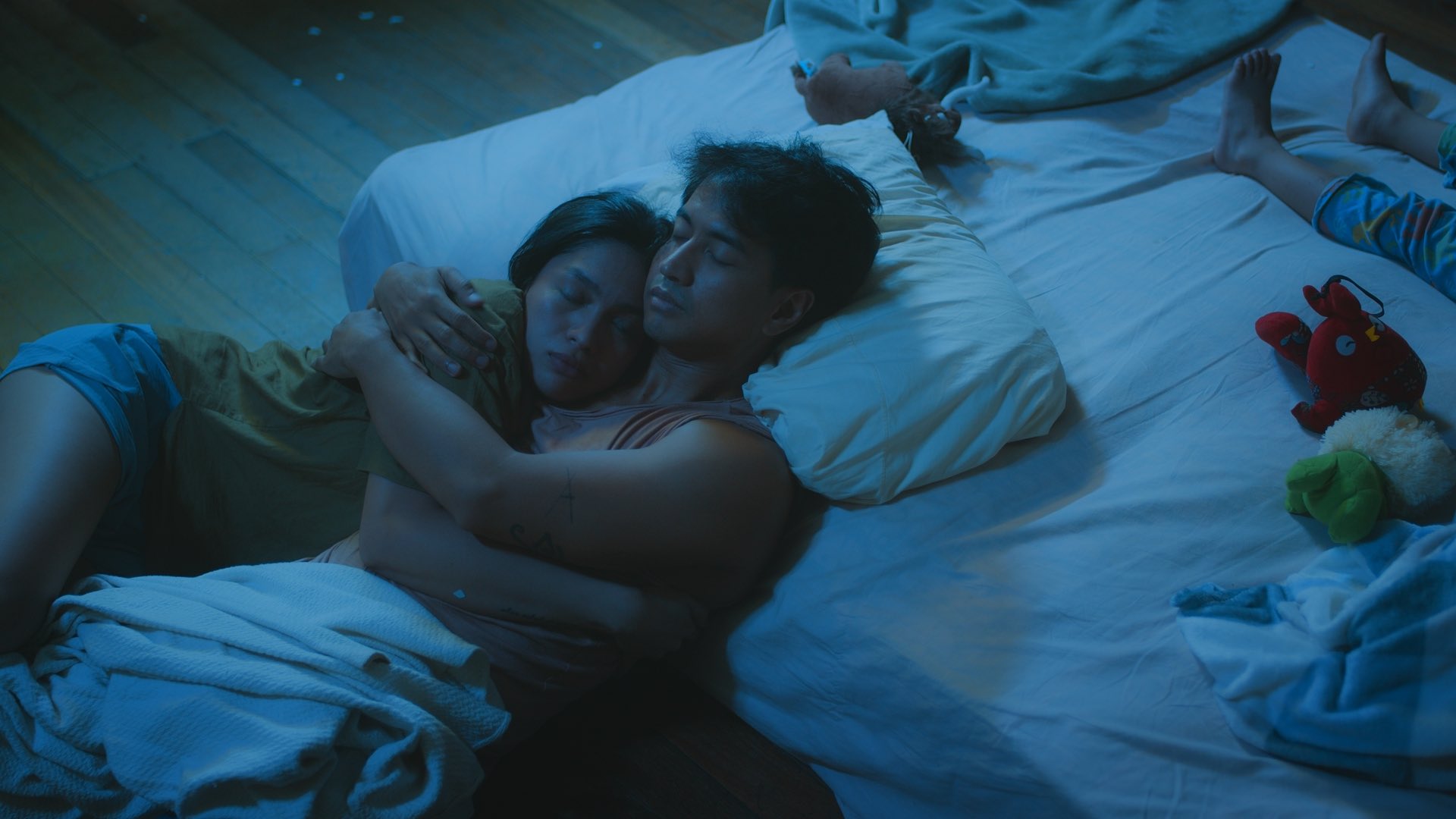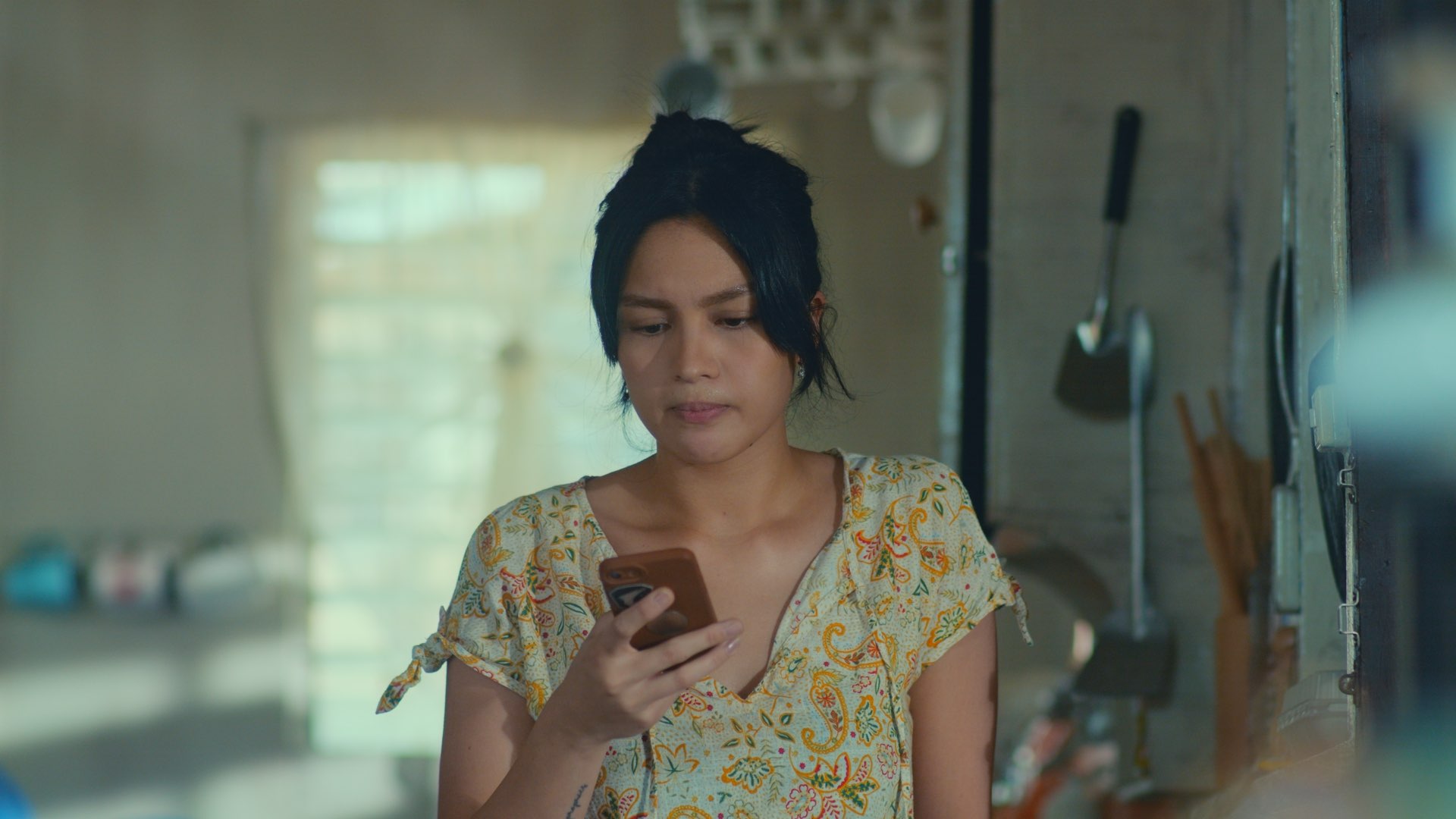REVIEW: Jane Oineza and RK Bagatsing highlight the challenges of raising a child with autism in 'Love Child'
What makes Cinemalaya 2024 entry Love Child stand out is the sincerity of director Jonathan Jurilla in telling its story. It takes you by the hand as the film chronicles the journey taken by young couple Ayla Manalo (Jane Oineza) and Paolo Villa (RK Bagatsing) in raising Kali (John Tyrron Ramos), their four-year-old son who is in the autism spectrum and has the mental capacity of a nine-month old. This, they try to achieve “in an increasingly unforgiving world, testing their love and resilience,” as the movie’s logline states.
Marking Jurilla’s directorial debut for a full-length film, it's a way for him to spread awareness of Autism Spectrum Disorder, a "developmental disability caused by differences in the brain." His son, Oyen, got diagnosed with ASD when he was two years old.
The film reflects the struggles of parenting—or what the younger generation refers to as “adulting.” Adulting in itself is difficult: having to pay one’s own bills, among other things. But having to carry on one’s shoulders expenses for the needs and well-being of other individuals (like a spouse and a child) compounds the equation.

When Ayla starts enumerating her dirty list of payables (“bigas, mantika, karne, gulay, sabon, shampoo, toothpaste, kape, kuryente, gas, tubig, tuition fee”)—as if in a nightmare—I am transported back to those child-rearing years. But, the extra challenge of raising an autistic child entails other expenses on top of what most parents set aside, like “shadow teachers,” and speech and occupational therapies, which make Ayla and Pao ask towards the end if they had made the right decisions.
They were college sweethearts who—due to an unplanned pregnancy—decided to drop out of school to start a family. While their friends nurture plants or furry kids, they chose to hook up and raise a child without the benefit of marriage (which makes people barrage them with even more questions).
And so, in the story, the small family unit boards a slow boat to their new old home in the countryside—Silay, Negros Occidental, specifically—where they start life anew, as everything is supposed to be cheaper, and they could stretch their ever-sinking pesos to higher values in contrast to their moolah’s value had they stayed in Metro Manila.
The family moves into a green heritage house. Jurilla told PhilSTAR L!fe it's the Angel Araneta Ledesma Green House that is being used by the cultural office of the city. Jurilla is quite familiar with the city, as he has been teaching at the Visayas campus of the University of the Philippines in Iloilo since 1996, where he is an associate professor.

Now, it’s as if the house is also a character in the story. It has been around for decades (nine years shy of a century) and provides them free shelter. Although not really rundown, the abode has definitely seen better days. It seems to be a metaphor for the peculiar situation the family is in. The film’s production designer Kurt Soberano did a good job in transforming the cultural office into the “home” of the Manalo-Villa brood, including well-placed vintage furniture and chandeliers (although those chandeliers seem to be of fairly recent vintage).
The Volkswagen, known hereabouts as “Combi,” enables the couple to establish a business that would tide them over during their early days in Silay.
Rommel Sales' cinematography shows a myriad of picture-worthy portions in the film. Also noteworthy are scenes reflected—albeit for a few seconds only—through mirrors. The scenes in both the green house and the Combi have the feel or texture of a photograph from the 1970s.
The music score by Andrew Florentino is uplifting. It is pleasing and not intrusive, and helps lighten the mood of what would otherwise be a film bogged down by challenges that come one after another like torrents of rain to the protagonists. I'm just not sure if the screenwriters or directors deliberately included the sound of falling niyog on the roof (three times throughout the film, if I counted it right), but it's bound to wake you up, and gives viewers a necessary break from all the heartaches that the couple has had to endure.
That Oineza and Bagatsing are a couple in real life helps push the story forward because they are so attuned to each other. They register well on the screen. The chemistry is palpable. Oineza is one young actress to watch out for.

While there is a good crop of films in this year’s Cinemalaya Film Festival, there are entries that require some trimming. Definitely, this is not true for Love Child. All the scenes retained by John Paul Ponce’s editing from what Jurilla directed are essential to the whole. No scene or situation is wasted.
Jurilla previously said he aims to raise awareness of ASD through the film by "emphasizing that it is not an illness but a human condition requiring deep social understanding." He also noted that it affects "not just the individual but their entire family, demanding collective efforts and government support."
Love Child succeeds in doing that while reflecting what usually happens to typical Filipino families, and the bitter pill that family members have to swallow in order to survive. If you're into movies that are about love, family, values, and what one holds dear to his or her heart, it would be worth a watch.
Love Child was part of the 2024 Cinemalaya Film Festival. It's set to have screenings in micro cinemas and the UP Film Center after the fest. Watch the trailer below.


